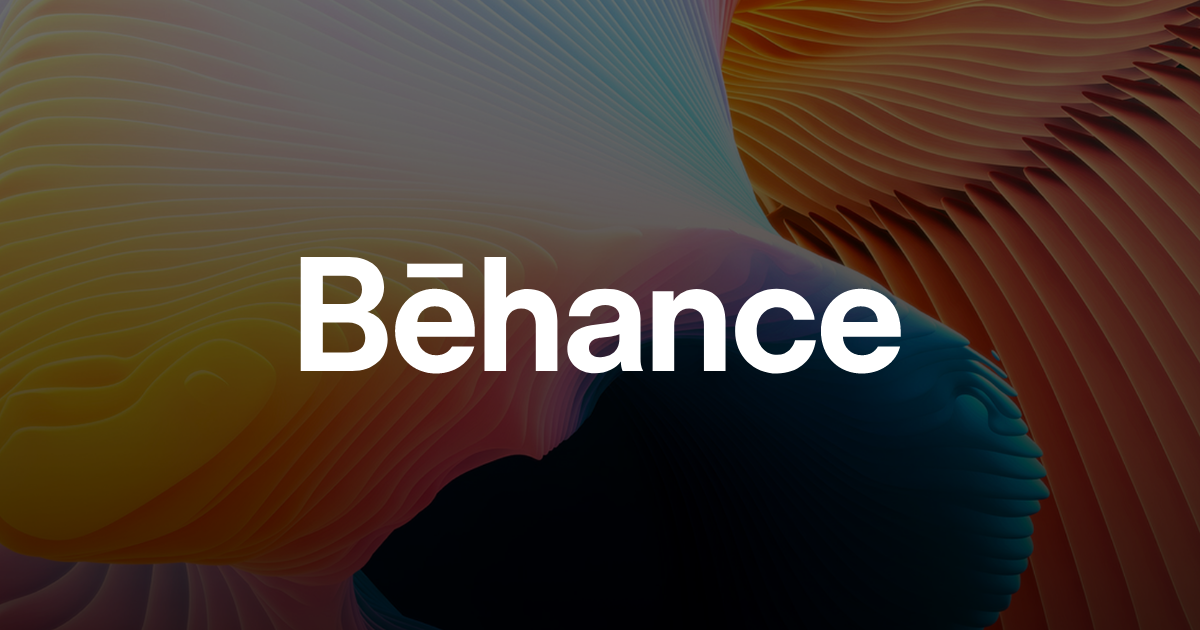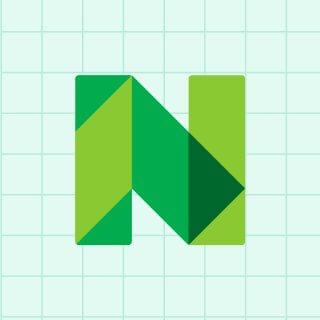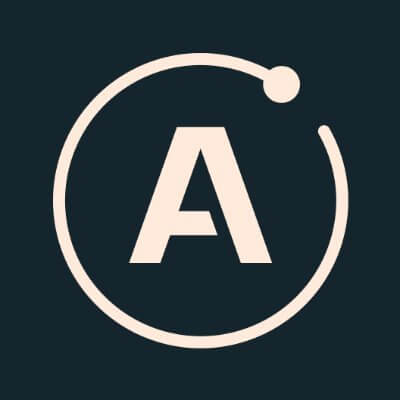Here's What 'Core Sleep' Really Means, According to Your Apple Watch
Sleep scientists have one meaning for this term; the Apple Watch has another.

We may earn a commission from links on this page.
Let's talk about one of the most confusing terms you’ll see on your fitness tracker—specifically your Apple Watch. Next to REM sleep, which you’ve probably heard of, and “deep” sleep, which feels self explanatory, there’s “core” sleep. And if you Google what core sleep means, you’ll get a definition that is entirely opposite from how Apple uses the term. So let’s break it down.
On an Apple Watch, "core sleep" is another name for light sleep, which scientists also call stages N1-N2. It is not a type of deep sleep, and has no relation to REM. But in the scientific literature, "core sleep" is not a sleep stage at all. It can refer to a portion of the night that includes both deep and light sleep stages. There are a few other definitions, which I'll go into below. But first, since you're probably here because you saw that term in Apple Health, let's talk about how Apple uses it.
"Core sleep" in the Apple Watch is the same as light sleep
Let me give you a straightforward explanation of what you’re seeing when you look at your Apple sleep data.
Your Apple Watch tries to guess, mainly through your movements, when you’re in each stage of sleep. (To truly know your sleep stages would require a sleep study with more sophisticated equipment, like an electroencephalogram. The watch is just doing its best with the data it has.)
Apple says its watch can tell the difference between four different states:
Awake
Light (“core”) sleep
Deep sleep
REM sleep
These categories roughly correspond to the sleep stages that neuroscientists can observe with polysomnography, which involves hooking you up to an electroencephalogram, or EEG. (That’s the thing where they attach wires to your head). Scientists recognize three stages of non-REM sleep, with the third being described as deep sleep. That means stages 1 and 2, which are sometimes called “light” sleep, are being labeled as “core” sleep by your wearable.
In other words: Apple's definition of "core sleep" is identical to scientists' definition of "light sleep." It is otherwise known as N2 sleep. (More on that in a minute.)
So why didn’t Apple use the same wording as everyone else? The company says in a document on its sleep stage algorithm that it was worried people would misunderstand the term "light sleep" if it called it that.
The label Core was chosen to avoid possible unintended implications of the term light, because the N2 stage is predominant (often making up more than 50 percent of a night’s sleep), normal, and an important aspect of sleep physiology, containing sleep spindles and K-complexes.
In other words, Apple thought we might assume that "light" sleep is less important than "deep" sleep, so it chose a new, important-sounding name to use in place of "light."
A chart on the same page lays it out: non-REM stages 1 and 2 fall under the Apple category of “core” sleep, while stage 3 is “deep” sleep. That’s how Apple defined it in testing: If an EEG said a person was in stage 2 when the watch said they were in “core,” that was counted as a success for the algorithm.
What are the known sleep stages, and where does core sleep fit in?
Let’s back up to consider what was known about sleep stages before Apple started renaming them. The current scientific understanding, which is based on brain wave patterns that can be read with an EEG, includes these stages:
Non-REM stage 1 (N1)
N1 only lasts a few minutes. You’re breathing normally. Your body is beginning to relax, and your brain waves start to look different than they do when you’re awake. This would be considered part of your “light” sleep. The Apple Watch considers this to be part of your core sleep stage.
Non-REM stage 2 (N2)
Also usually considered “light” sleep, N2 makes up about half of your sleep time. This stage includes spikes of brain activity called sleep spindles, and distinctive brainwave patterns called K complexes. (These are what the Apple document mentioned above.) This stage of sleep is thought to be when we consolidate our memories. Fun fact: if you grind your teeth in your sleep, it will mostly be in this stage. This stage makes up most of what Apple reports as your core sleep.
Non-REM stage 3 (N3)
N3 is often called “deep” sleep, and this stage accounts for about a quarter of your night. It has the slowest brain waves, so it’s sometimes called “slow wave sleep.” It’s hard to wake someone up from this stage, and if you succeed, they’ll be groggy for a little while afterward. This is the stage where the most body repair tends to happen, including muscle recovery, bone growth in children, and immune system strengthening. As we age, we spend less time in N3 and more time in N2.
(There was an older classification that split off the deepest sleep into its own stage, calling it non-REM stage 4, but currently that deepest portion is just considered part of stage 3.)
REM sleep
REM sleep is so named because this is where we have Rapid Eye Movement. Your body is temporarily paralyzed, except for the eyes and your breathing muscles. This is the stage best known for dreaming (although dreams can occur in other stages as well).
The brain waves of a person in REM sleep look very similar to those of a person who is awake, which is why some sleep-tracking apps show blocks of REM as occurring near the top of the graph, near wakefulness. We don’t usually enter REM sleep until we’ve been through the other stages, and we cycle through these stages all night. Usually REM sleep is fairly short during the beginning of the night, and gets longer with each cycle.
How much core sleep do I need?
Using Apple's definition, in which core sleep is the same as light sleep, it's normal for almost half of your sleep to be core sleep. Sleep scientists give an approximate breakdown (although the exact numbers may vary from person to person, and your needs aren't always the same every night):
N1 (very light sleep): About 5% of the total (just a few minutes)
N2 (light or "core" sleep): About 45%, so just under four hours if you normally sleep for eight hours
N3 (deep sleep): About 25%, so about two hours if you normally sleep for eight hours
REM: About 25%, so also about two hours.
How to get more core sleep
If your Apple watch says you're getting less core sleep than what I mentioned above, you might wonder how you can get more core (or light) sleep. Before you take any action, though, you should know that wearables aren't very good at knowing exactly what stage of sleep you are in. They're usually (but not always!) pretty good at telling when you are asleep versus awake, so they can be useful for knowing whether you slept six hours or eight. But I wouldn't make any changes to my routine based on the specific sleep stage numbers. The algorithm can easily miscategorize some of your light sleep as deep sleep, or vice versa.
That said, the best way to get more core sleep is to get more and better sleep in general. Start with this basic sleep hygiene checklist. Among the most important items:
Give yourself a bedtime routine with at least 30 minutes of wind-down time where you try to do something relaxing.
Have a consistent wake-up time.
Don't look at screens right before bed.
Keep your bedroom dark and cool.
Don't have alcohol or caffeine in the evenings.
Improving your sleep overall will improve all your sleep stages, whether your Apple Watch can tell them apart or not.
Other ways people use the term “core sleep”
I really wish Apple had chosen another term, because the phrase “core sleep” has been used in other ways. It either doesn’t refer to a sleep stage at all, or if it is associated with sleep stages, it’s used to refer to deep sleep stages.
In the 1980s, sleep scientist James Horne proposed that your first few sleep cycles (taking up maybe the first five hours of the night) constitute the “core” sleep we all need to function. The rest of the night is “optional” sleep, which ideally we’d still get every night, but it’s not a big deal to miss out from time to time. He described this idea in a 1988 book called Why We Sleep (no relation to the 2017 book by another author) but you can see his earlier paper on the topic here. He uses the terms “obligatory” and “facultative” sleep in that paper, and switched to the core/optional terminology later.
You’ll also find people using the phrase “core sleep” to refer to everything but light sleep. For example, this paper on how sleep changes as we age compares their findings in terms of sleep stages with Horne’s definition of core sleep. In doing so, they describe core sleep as mainly consisting of deep sleep stages N3-N4 (in other words, N3 as described above).
From there, somehow the internet has gotten the idea that N3 and REM are considered “core” sleep. I don’t know how that happened, and I don’t see it when I search the scientific literature. I have seen it on “what is core sleep?” junk articles on the websites of companies selling weighted blankets and melatonin gummies.
For one final, contradictory definition, the phrase “core sleep” is also used by people who are into polyphasic sleep. This is the idea that you can replace a full night’s sleep with several naps during the day, something that biohacker types keep trying to make happen, even though it never pans out. They use the term pretty straightforwardly: If you have a nighttime nap that is longer than your other naps, that’s your “core sleep.” Honestly, that’s a fair use of the word. I'll allow it.
So, to wrap up: Core sleep, if you’re a napper, is the longest block of sleep you get during a day. Core sleep, to scientists who study sleep deprivation, is a hypothesis about which part of a night’s sleep is the most important. But if you’re just here because you were wondering what Apple Health or your Apple Watch's sleep app means by "core sleep," it means stages N1-N2, or light sleep.

























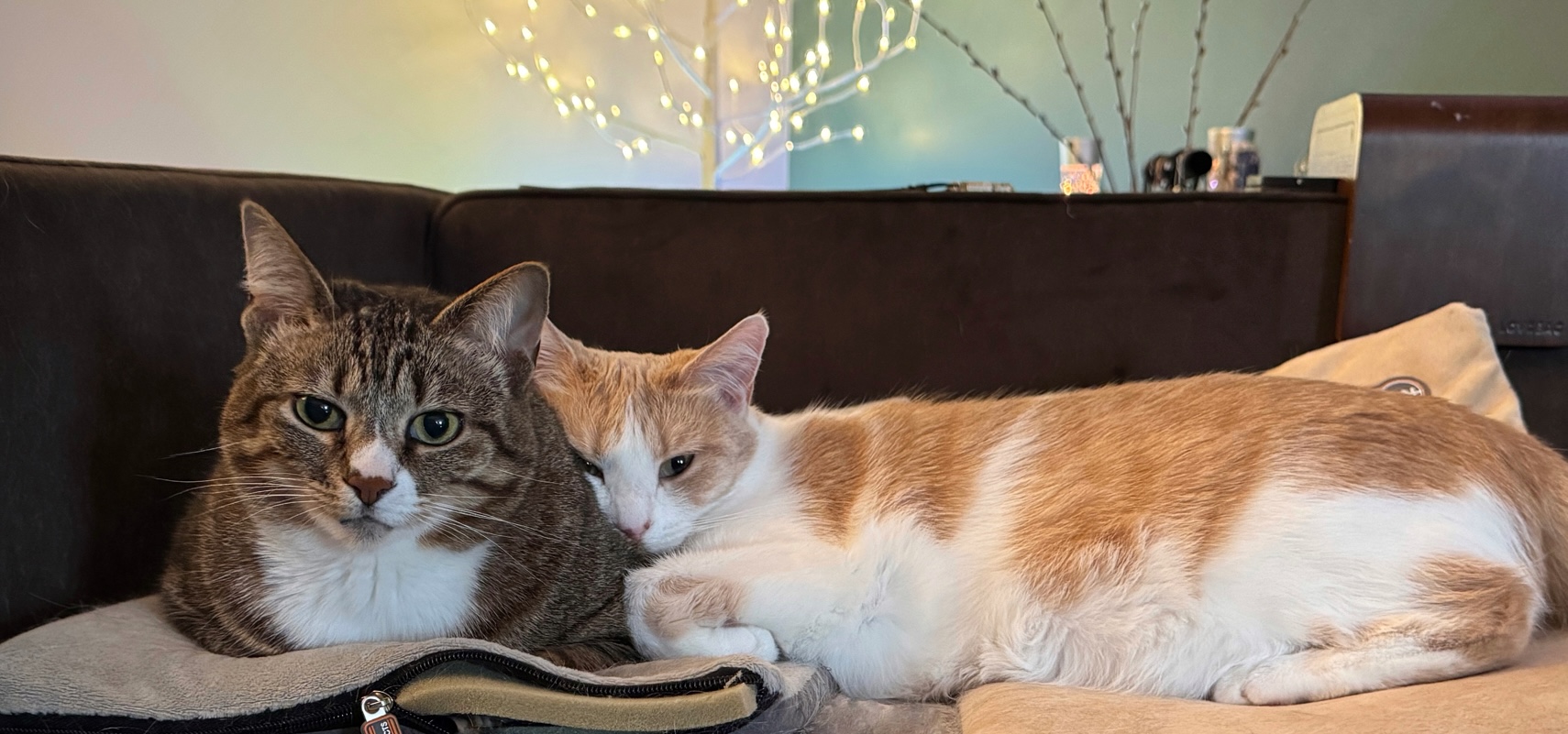



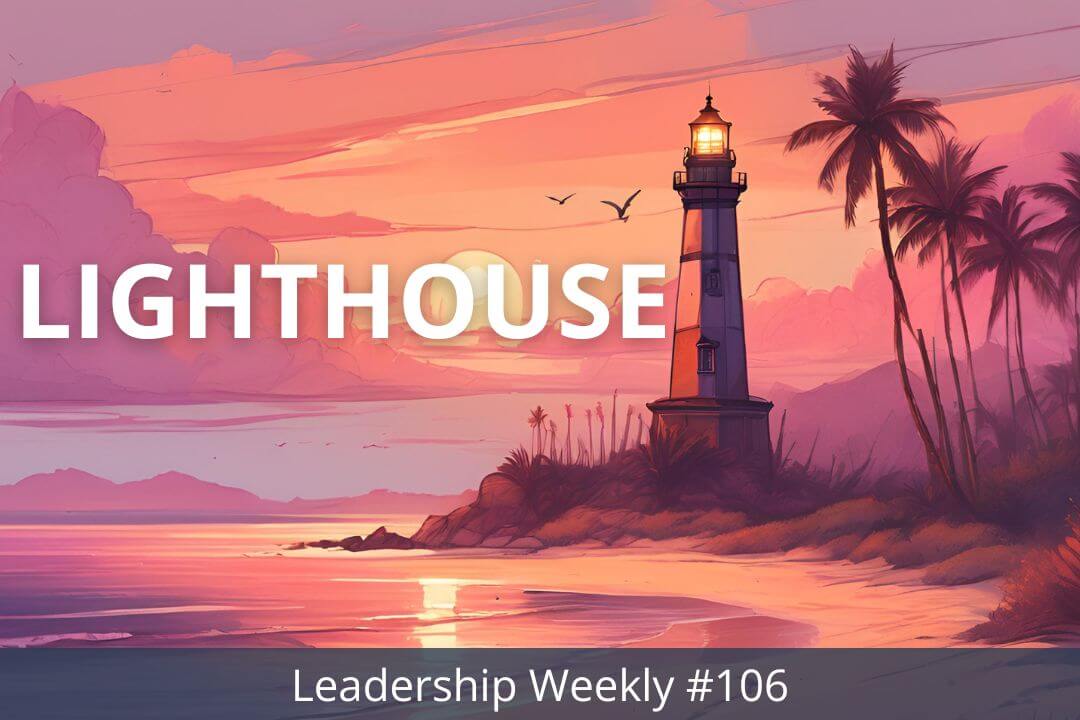

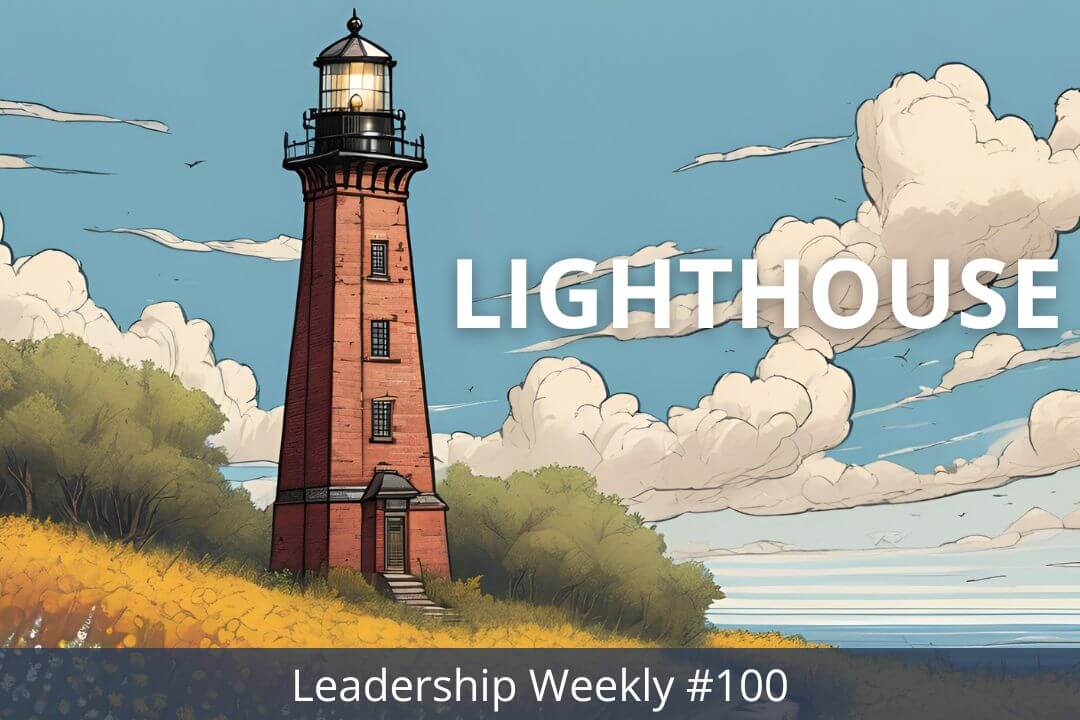
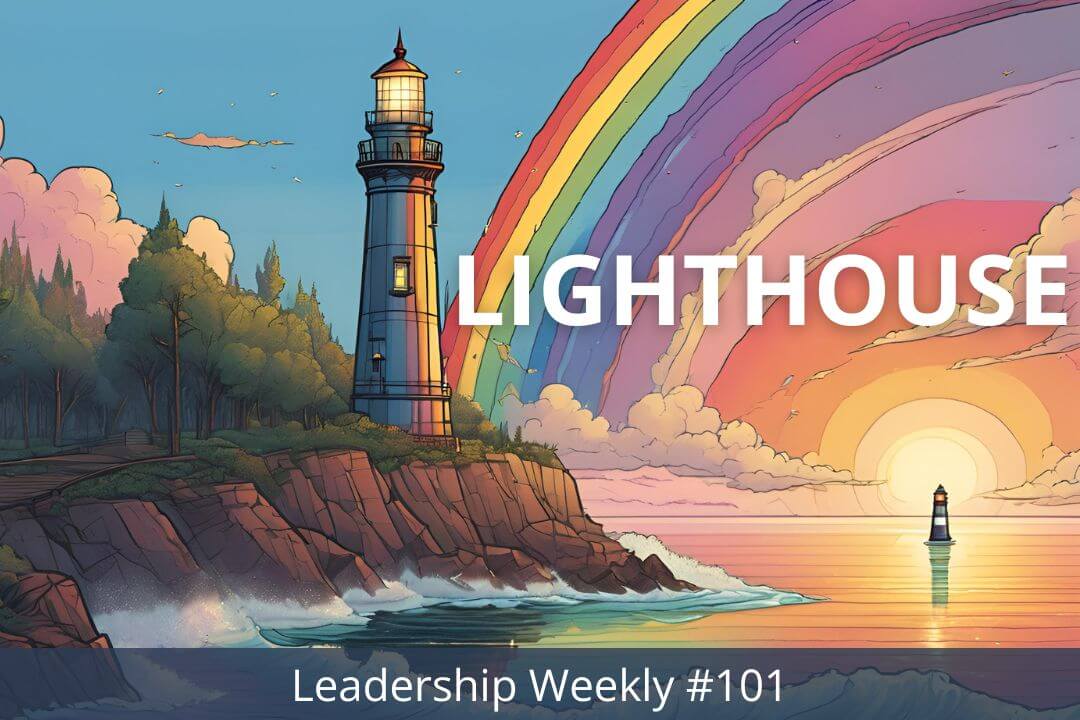
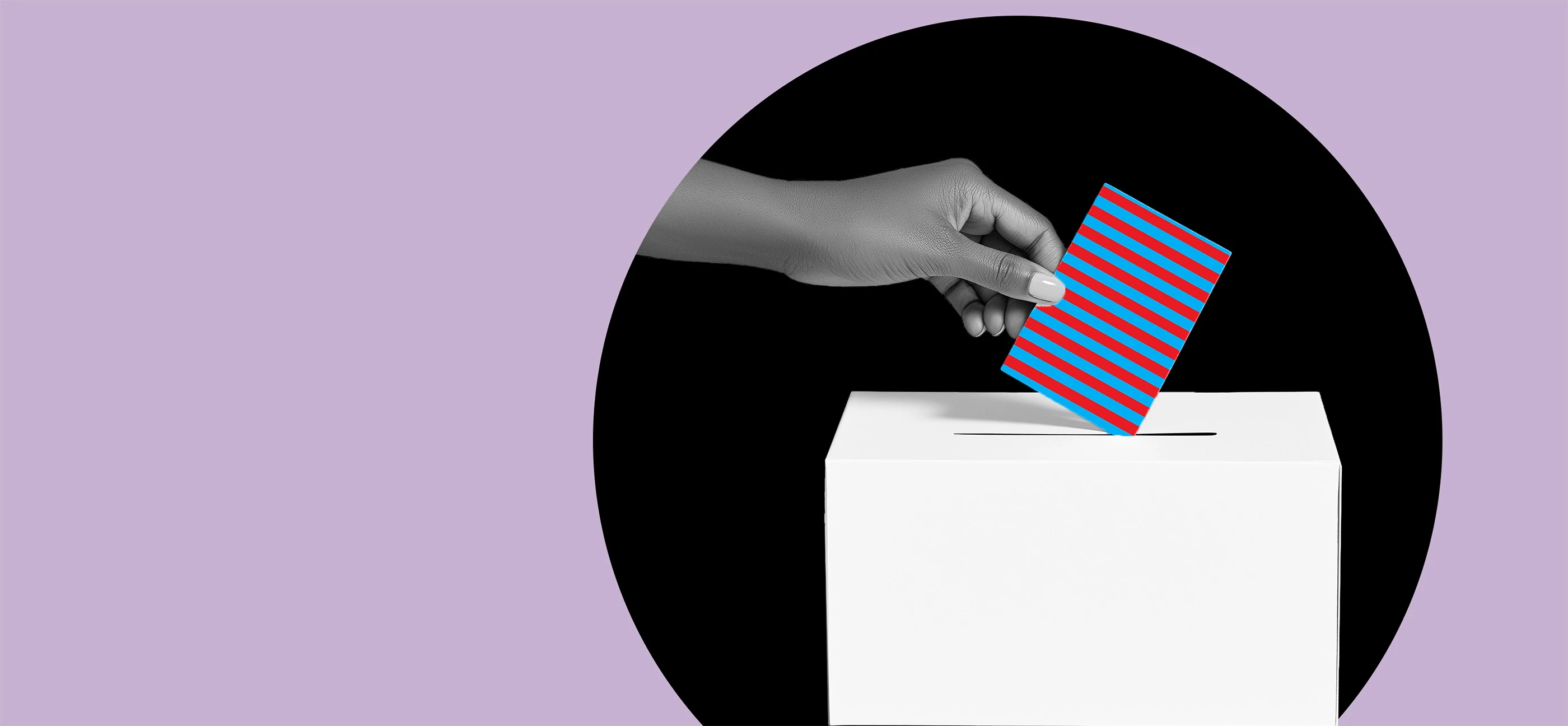
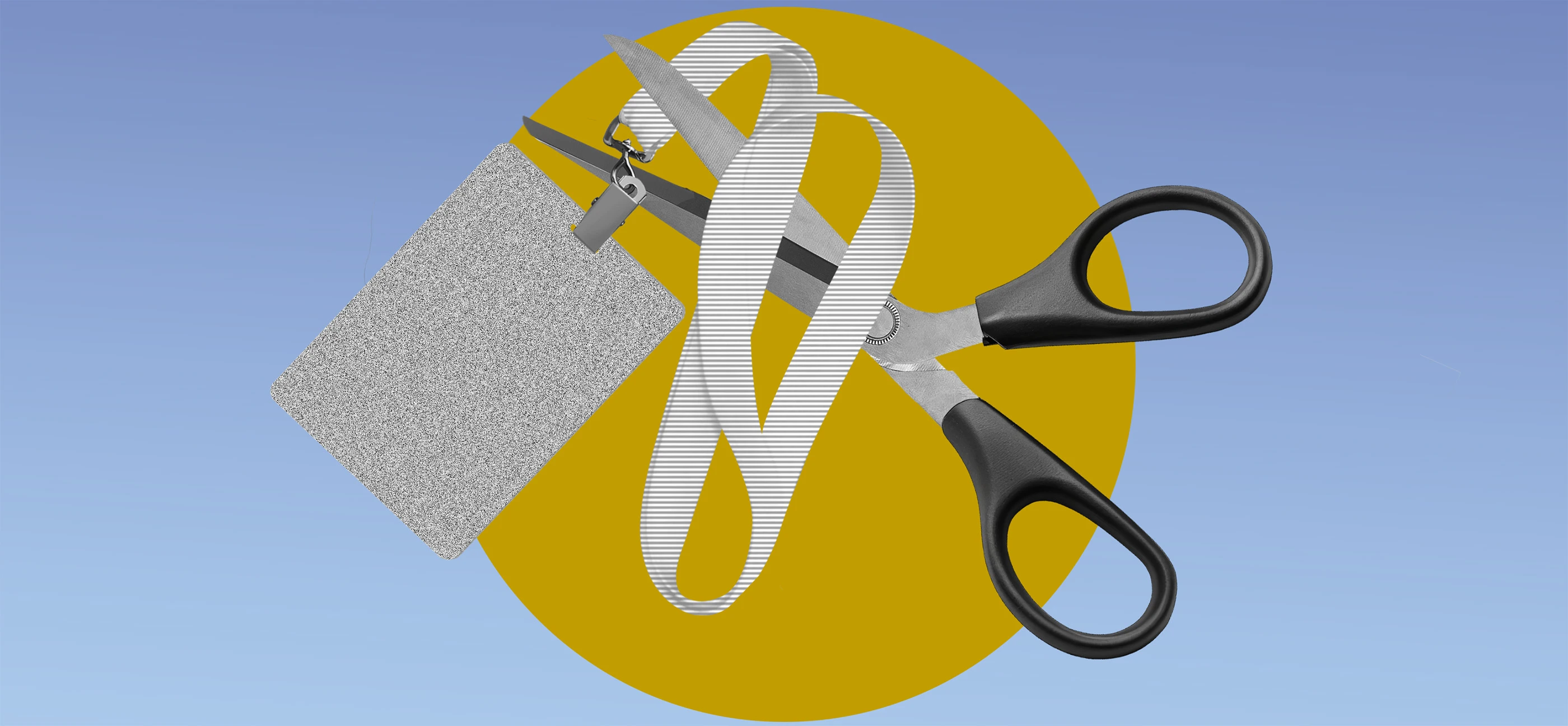













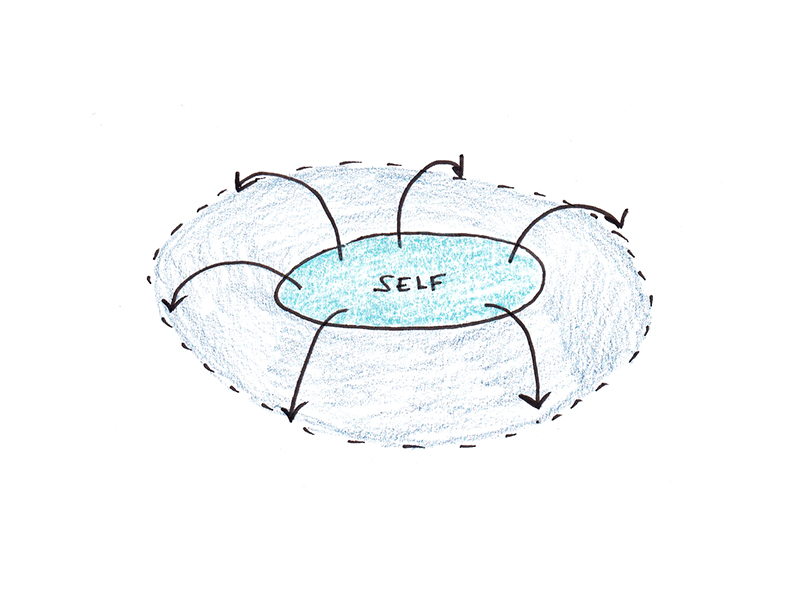















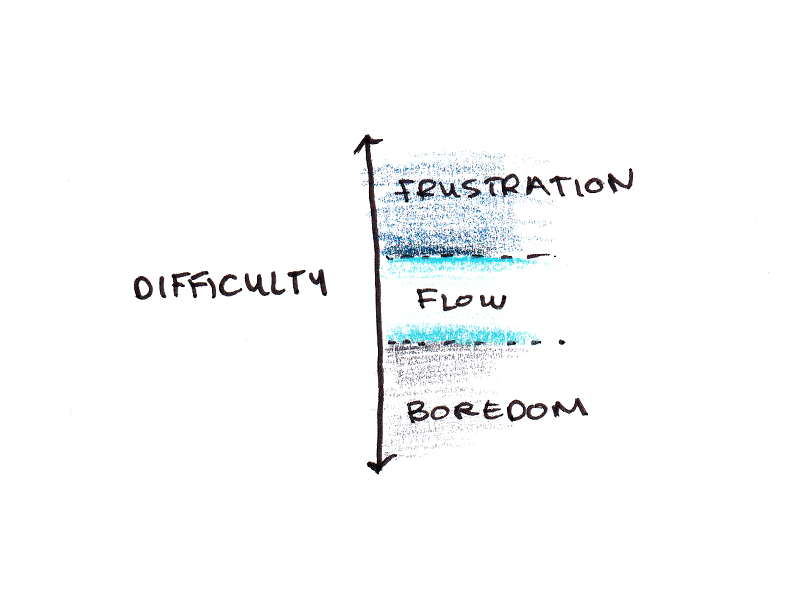
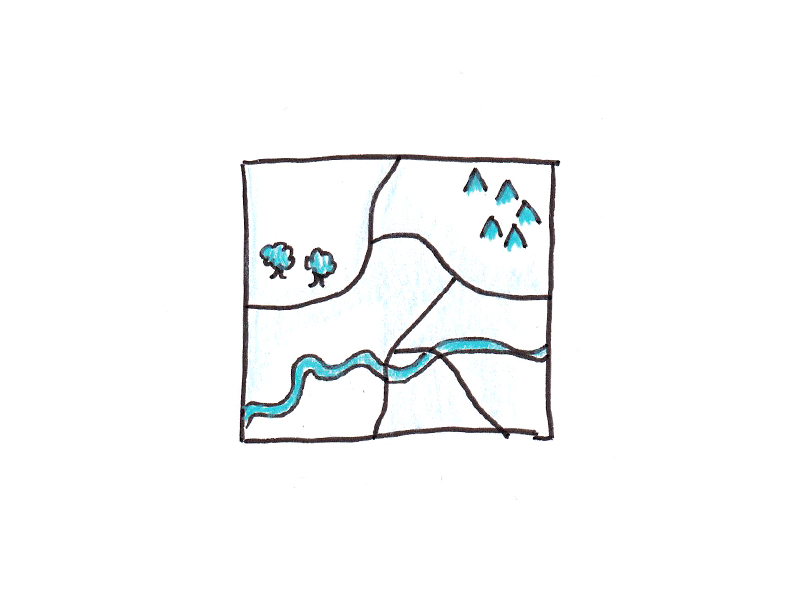
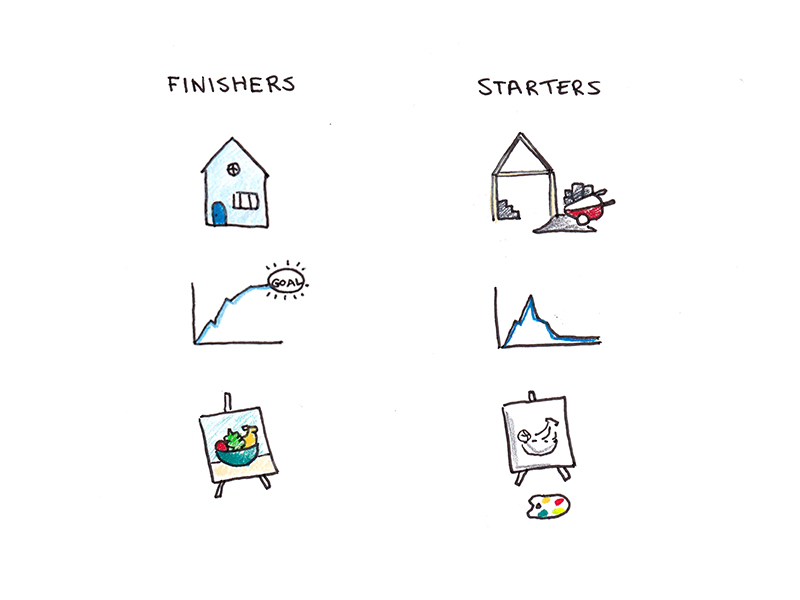

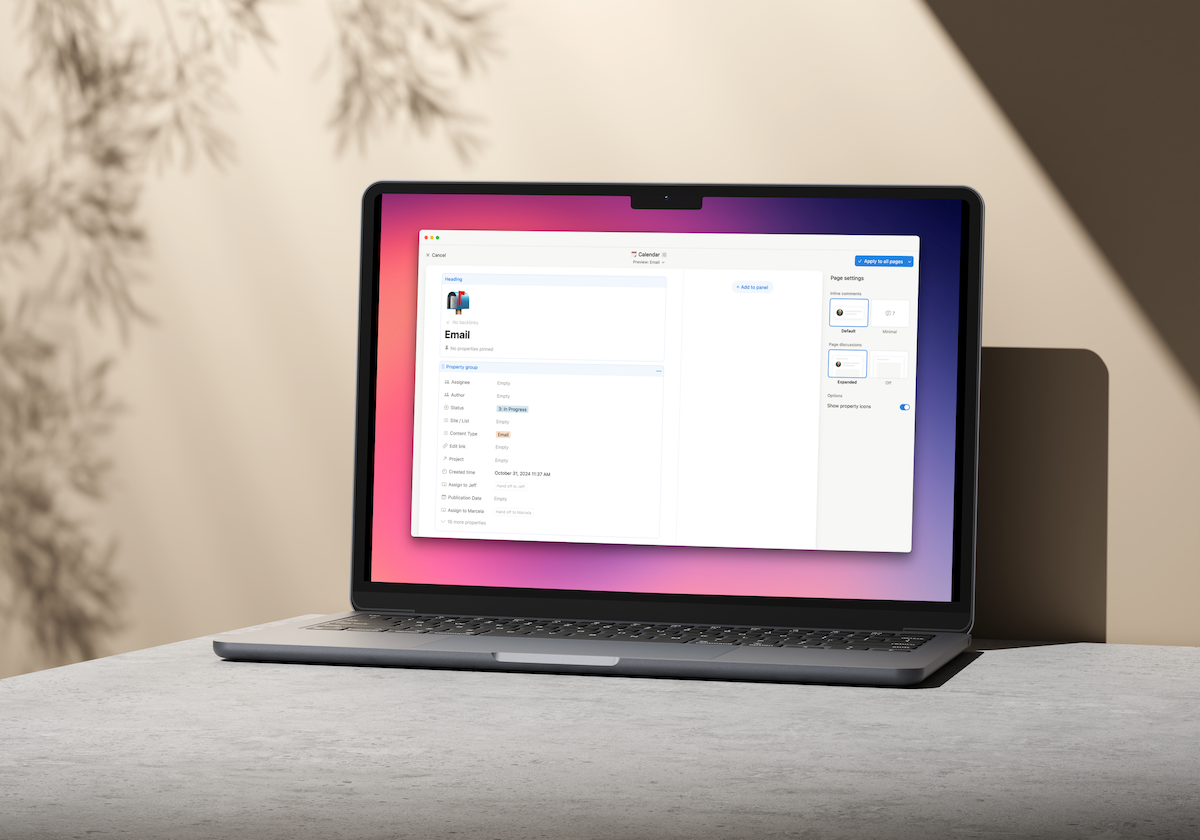









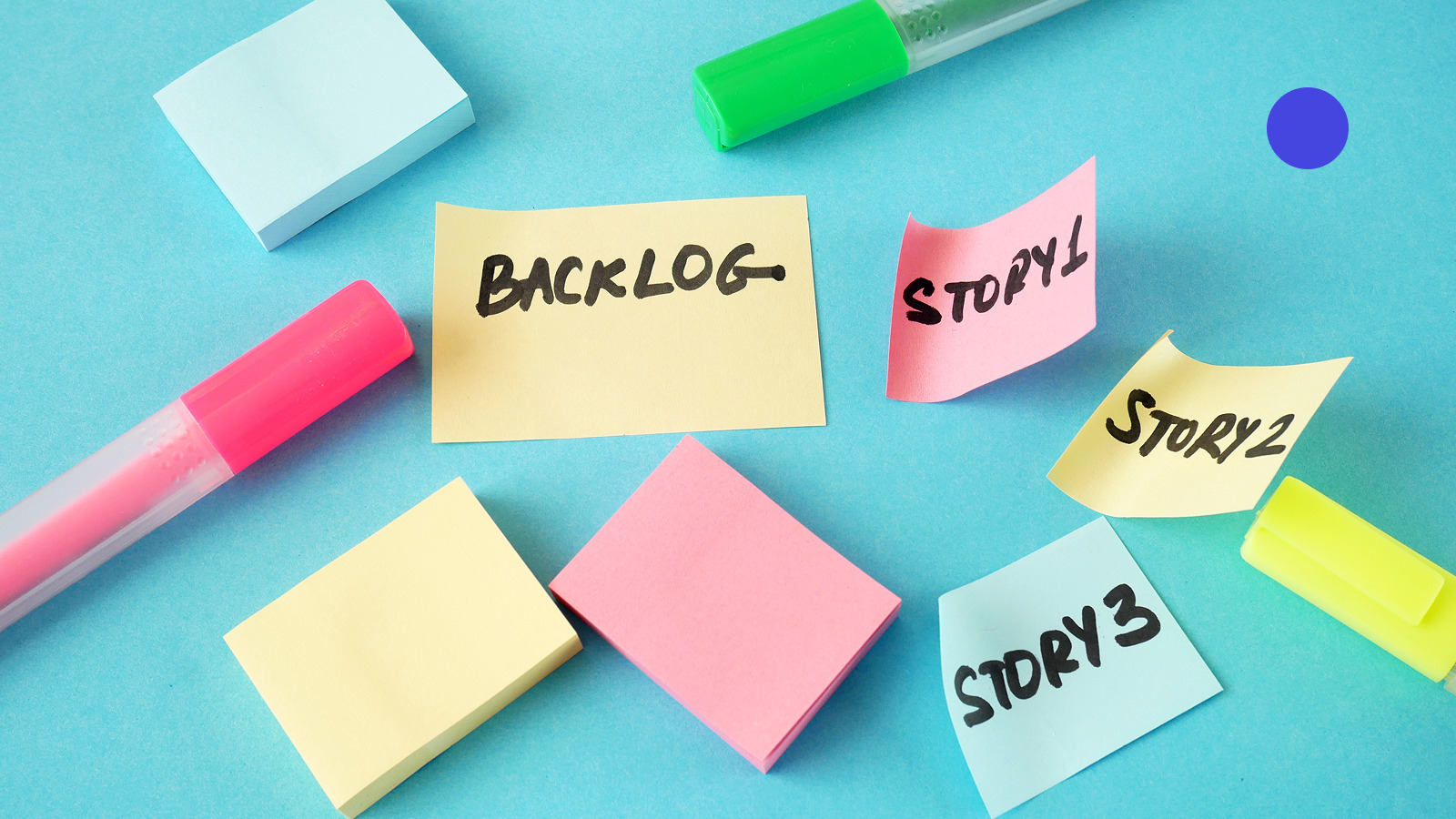
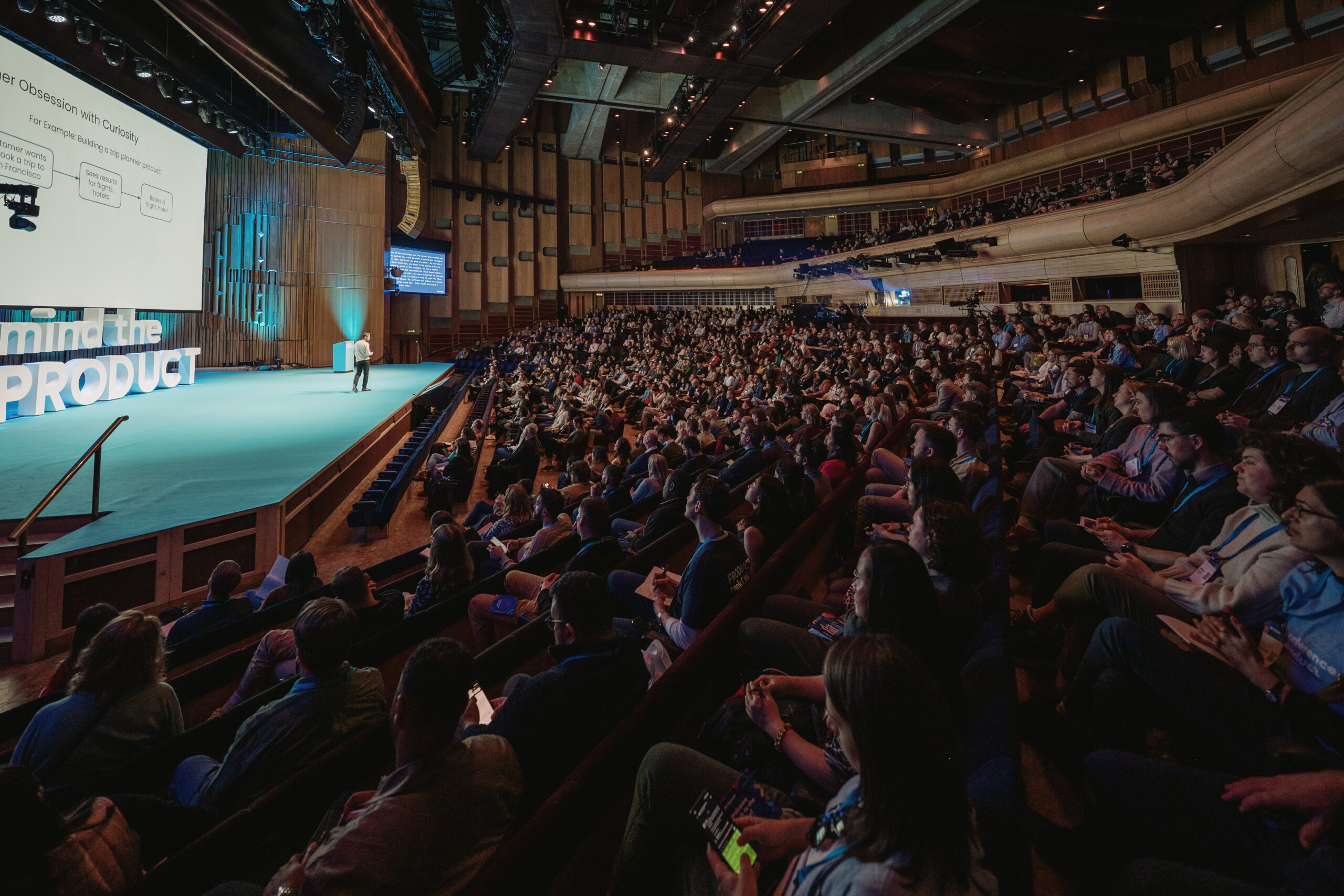

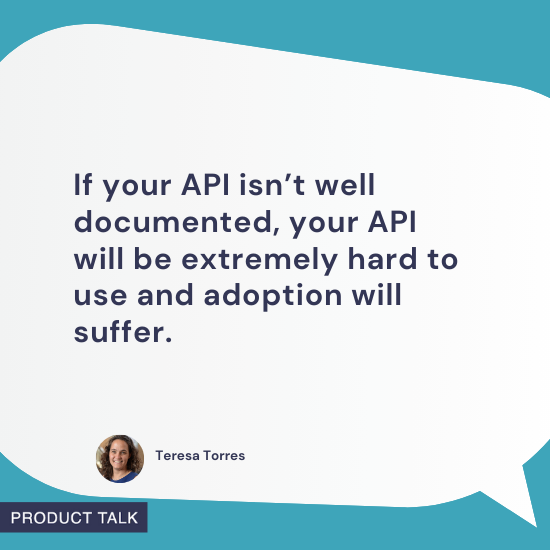
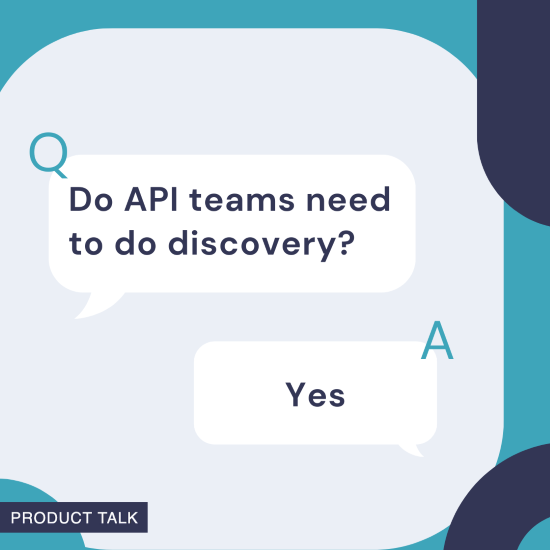
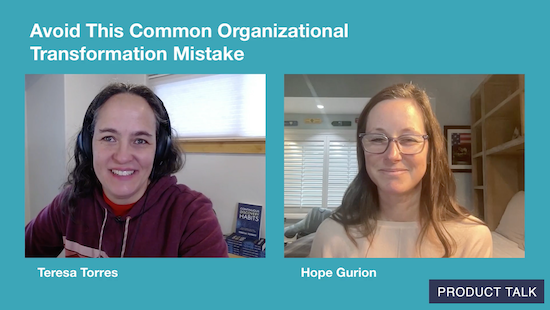
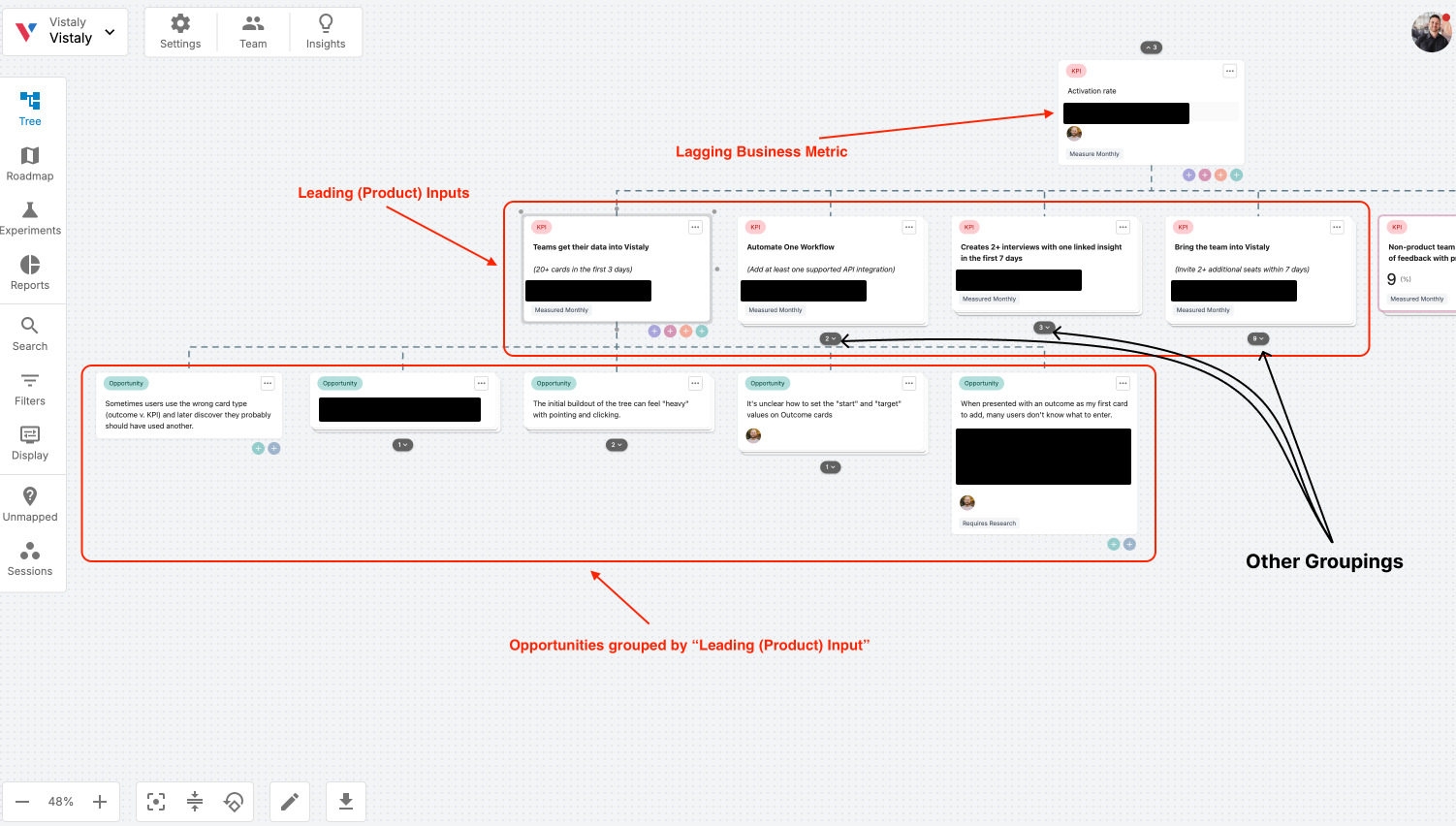



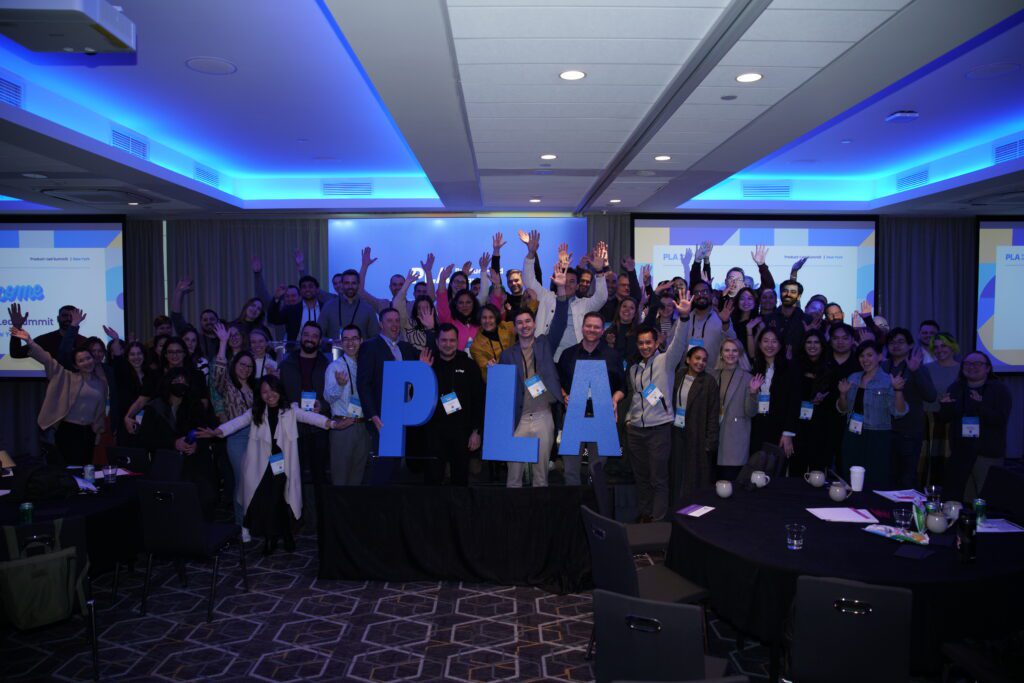








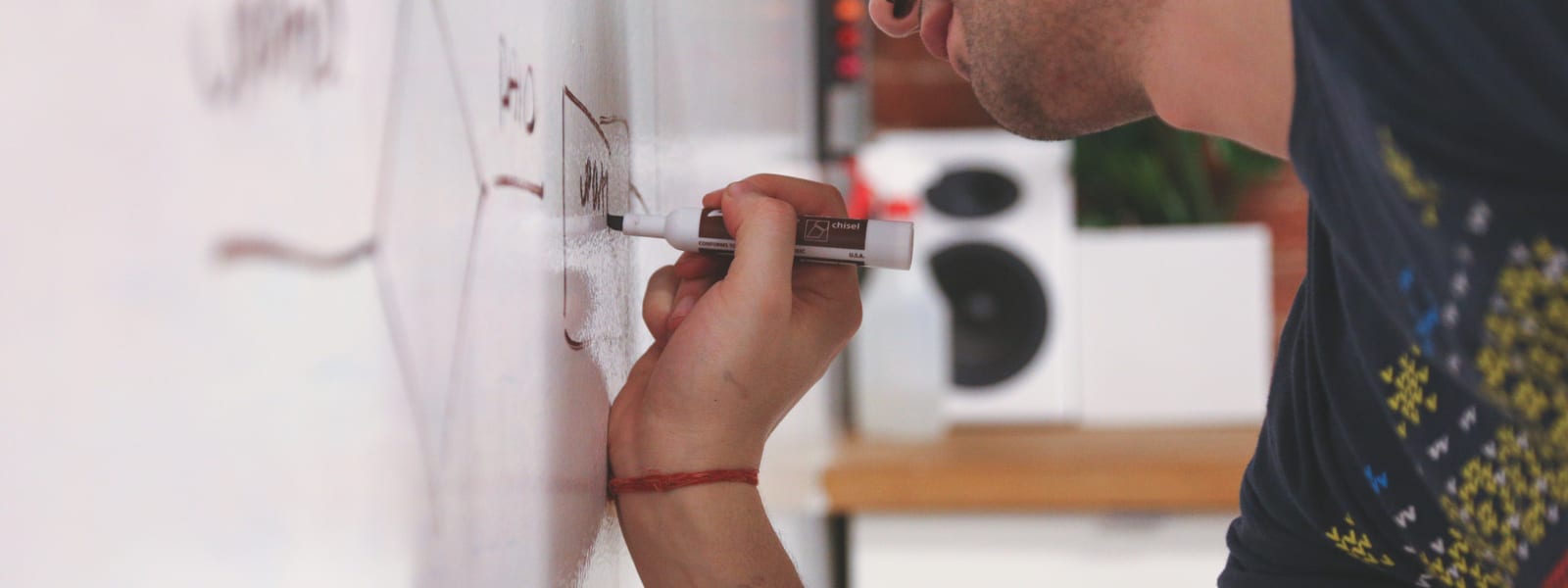


![Building A Digital PR Strategy: 10 Essential Steps for Beginners [With Examples]](https://buzzsumo.com/wp-content/uploads/2023/09/Building-A-Digital-PR-Strategy-10-Essential-Steps-for-Beginners-With-Examples-bblog-masthead.jpg)





![How One Brand Solved the Marketing Attribution Puzzle [Video]](https://contentmarketinginstitute.com/wp-content/uploads/2025/03/marketing-attribution-model-600x338.png?#)









